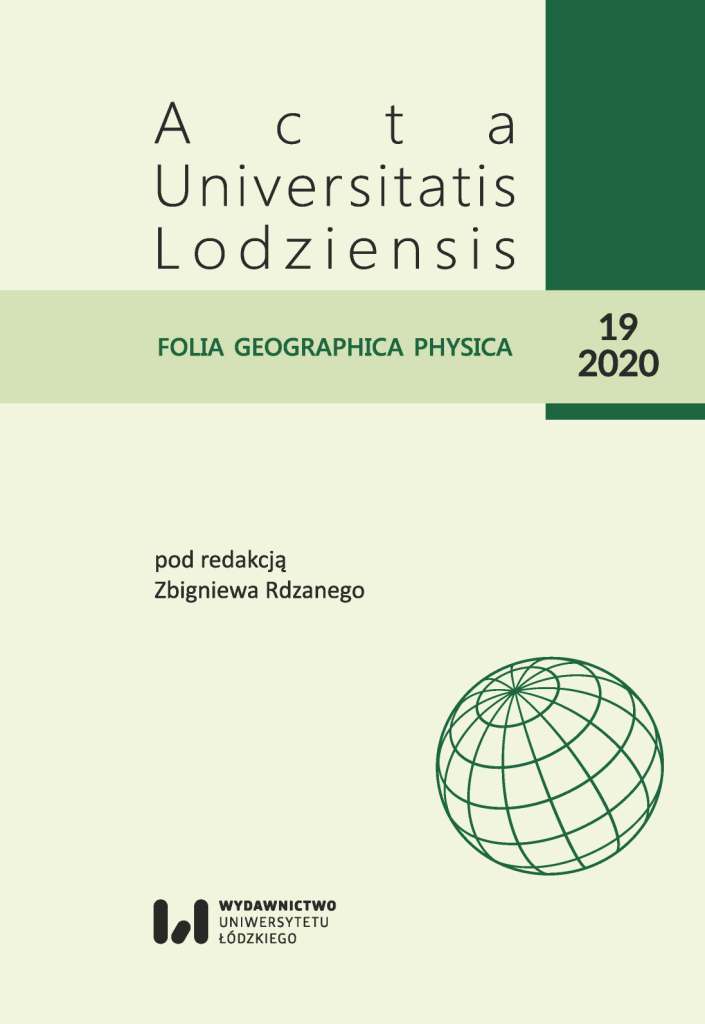GEBCO and ETOPO1 gridded datasets for GMT based cartographic Mapping of Hikurangi, Puysegur and Hjort Trenches, New Zealand
GEBCO and ETOPO1 gridded datasets for GMT based cartographic Mapping of Hikurangi, Puysegur and Hjort Trenches, New Zealand
Author(s): Polina LemenkovaSubject(s): Physical Geopgraphy, Regional Geography, Maps / Cartography
Published by: Wydawnictwo Uniwersytetu Łódzkiego
Keywords: GMT; Hikurangi Trench; Puysegur Trench; Hjort Trench; geomorphic modelling; cartography; visualization; data analysis; bathymetry; Pacific Ocean;
Summary/Abstract: The study focused on the comparative analysis of the submarine geomorphology of three oceanic trenches: Hikurangi Trench (HkT), Puysegur Trench (PT) and Hjort Trench (HjT), New Zealand region, Pacific Ocean. HjT is characterized by an oblique subduction zone. Unique regional tectonic setting consist in two subduction zones: northern (Hikurangi margin) and southern (Puysegur margin), connected by oblique continental collision along the Alpine Fault, South Island. This cause variations in the geomorphic structure of the trenches. PT/HjT subduction is highly oblique (dextral) and directed southwards. Hikurangi subduction is directed northwestwards. South Island is caught in between by the “subduction scissor”. Methodology is based on GMT (The Generic Mapping Tools) for mapping, plotting and modelling. Mapping includes visualized geophysical, tectonic and geological settings of the trenches, based on sequential use of GMT modules. Data include GEBCO, ETOPO1, EGM96. Comparative histogram equalization of topographic grids (equalized, normalized, quadratic) was done by module ’grdhisteq’, automated cross-sectioning – by ’grdtrack’. Results shown that HjT has a symmetric shape form with comparative gradients on both western and eastern slopes. HkT has a trough-like flat wide bottom, steeper gradient slope on the North Island flank. PT has an asymmetric V-form with steep gradient on the eastern slopes and gentler western slope corresponding to the relatively gentle slope of a subducting plate and steeper slope of an upper one. HkT has shallower depths 6,000 m for HjT. The surrounding relief of the HjT presents the most uneven terrain with gentle slope oceanward, and a steep slope on the eastern flank for PT, surrounded by complex submarine relief along the Macquarie Arc. Data distribution for the HkT demonstrates almost equal pattern for the depths from ₋600 m to ₋2,600 m. PT has a bimodal data distribution with 2 peaks: 1) ₋4,250 to ₋4,500 m (18%); 2) ₋2,250 to ₋3,000 m, < 7,5%. The second peak corresponds to the Macquarie Arc. Data distribution for HjT is classic bell-shaped with a clear peak at ₋3,250 to ₋3,500 m. The asymmetry of the trenches resulted in geomorphic shape of HkT, PT and HjT affected by geologic processes.
Journal: Acta Universitatis Lodziensis. Folia Geographica Physica
- Issue Year: 19/2020
- Issue No: 19
- Page Range: 7-18
- Page Count: 12
- Language: English

